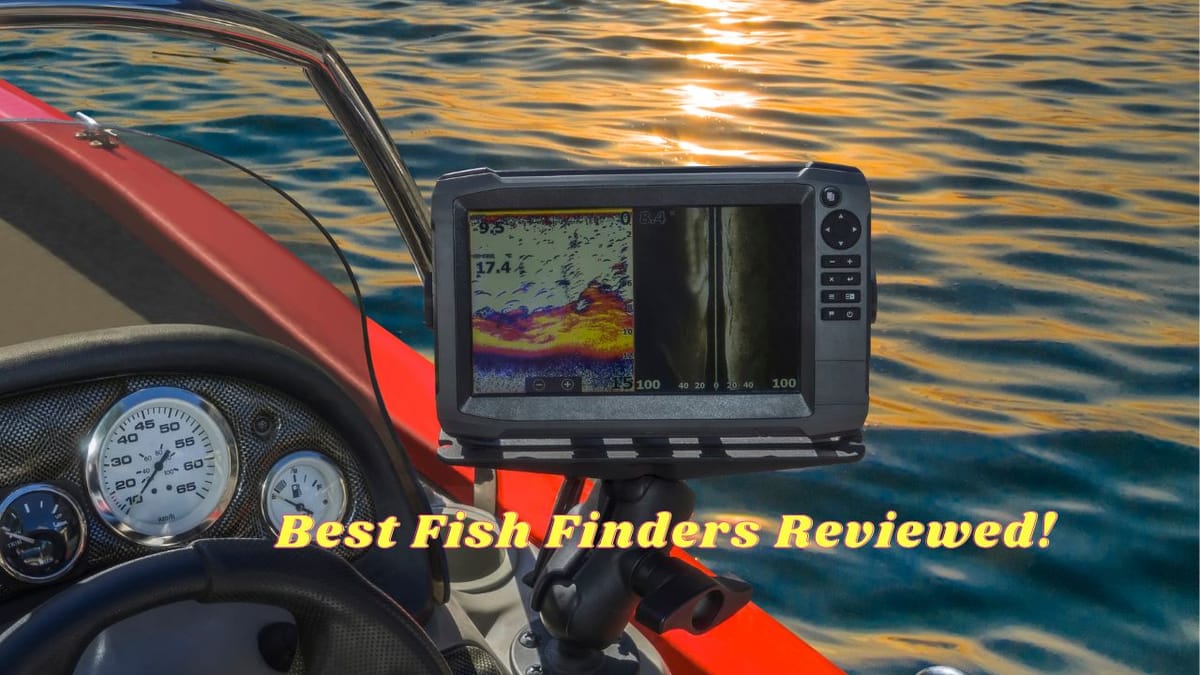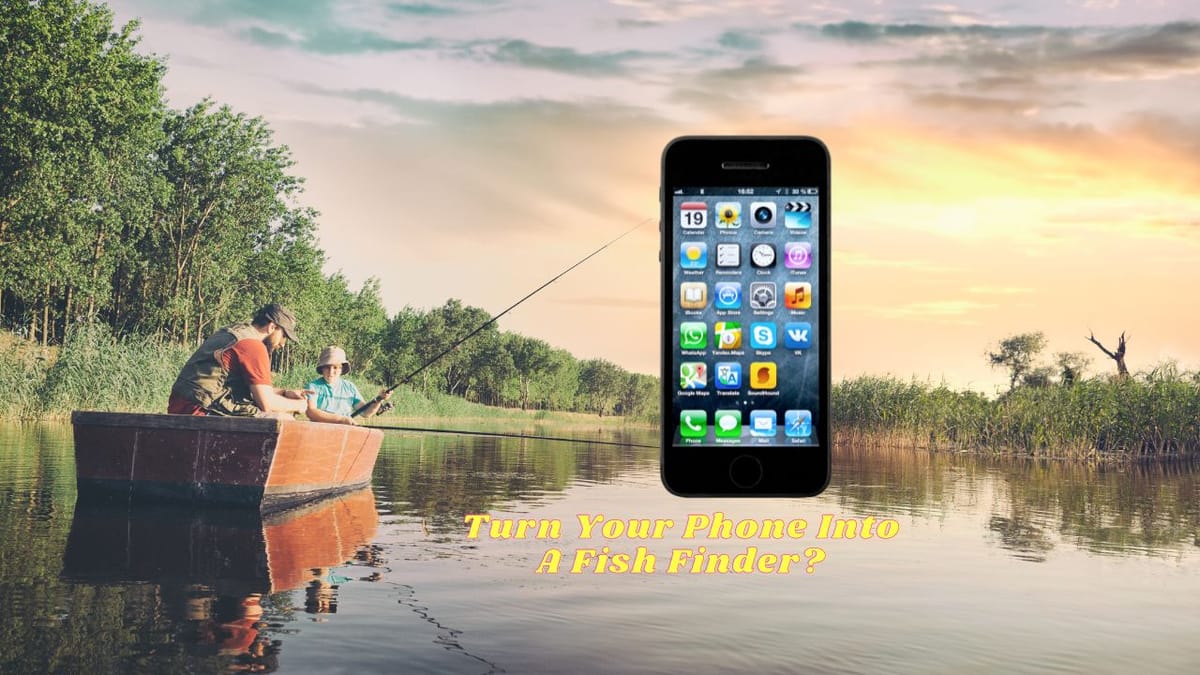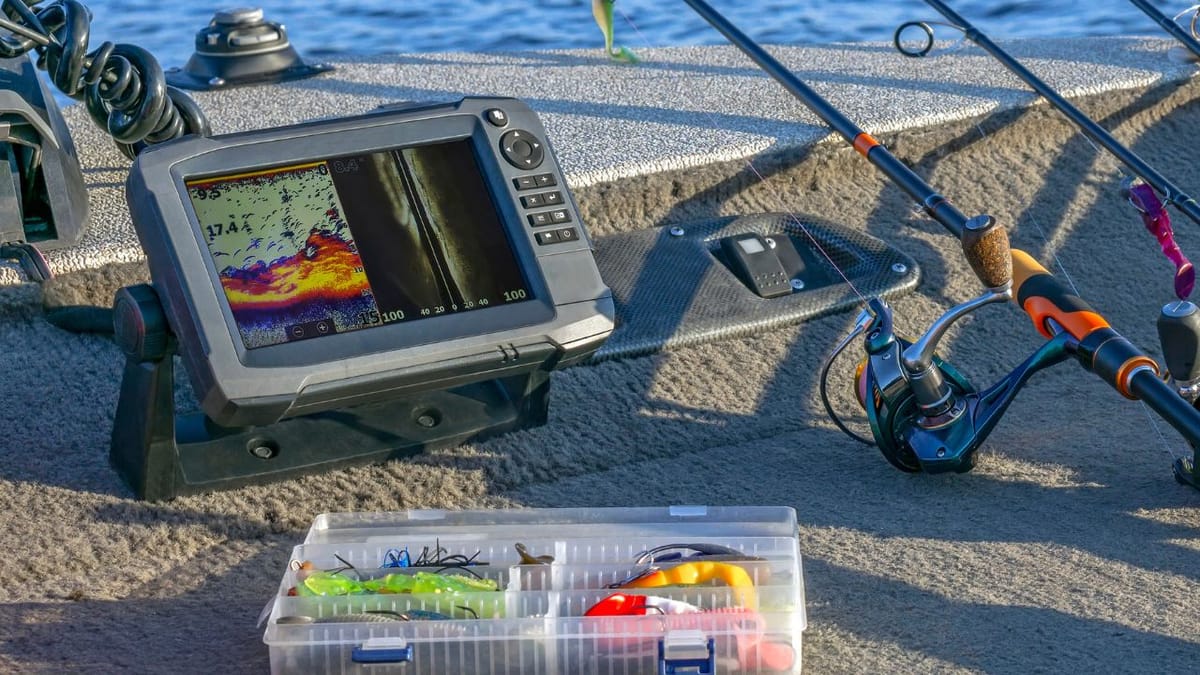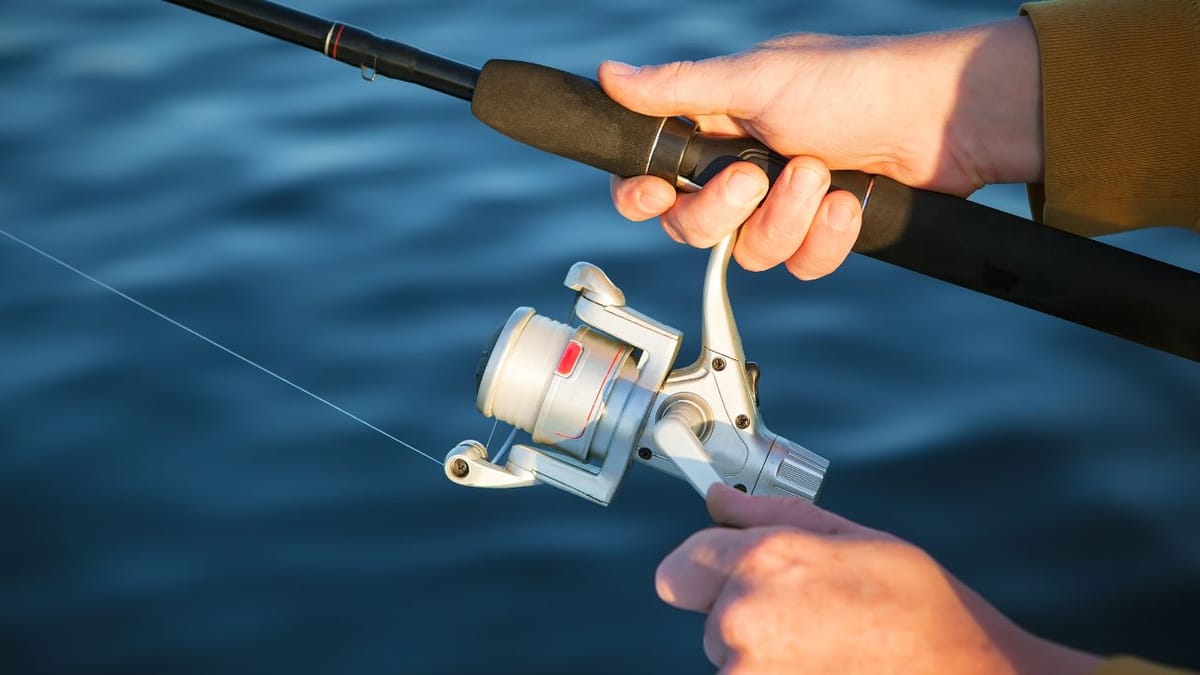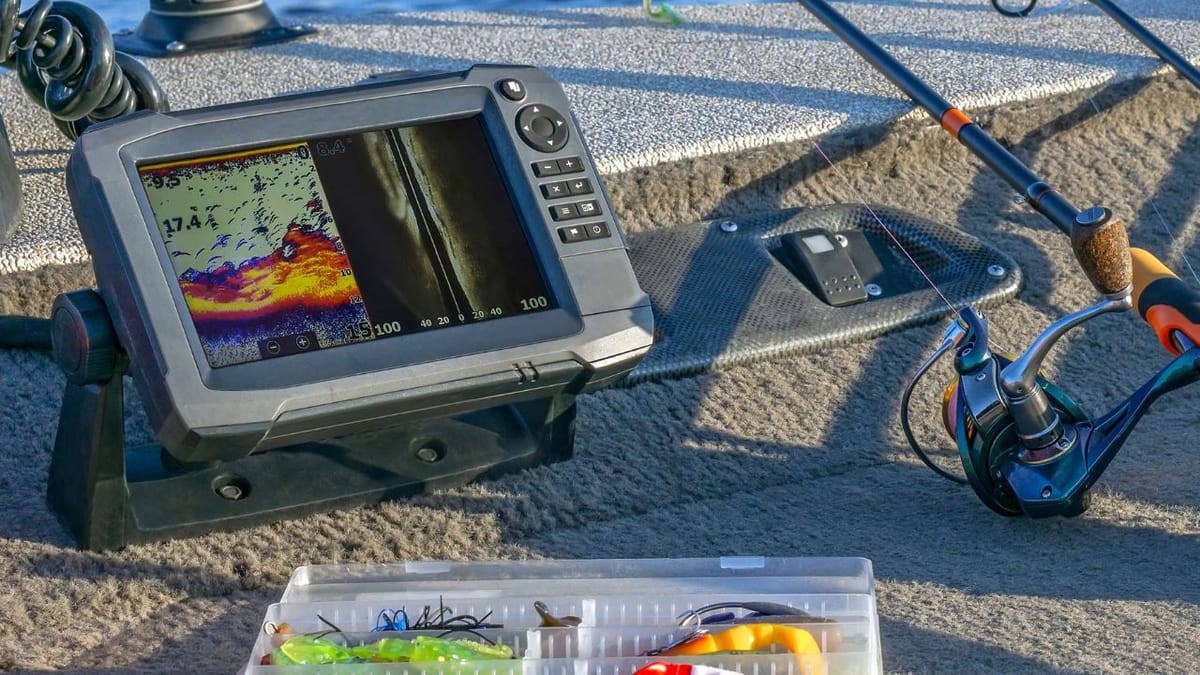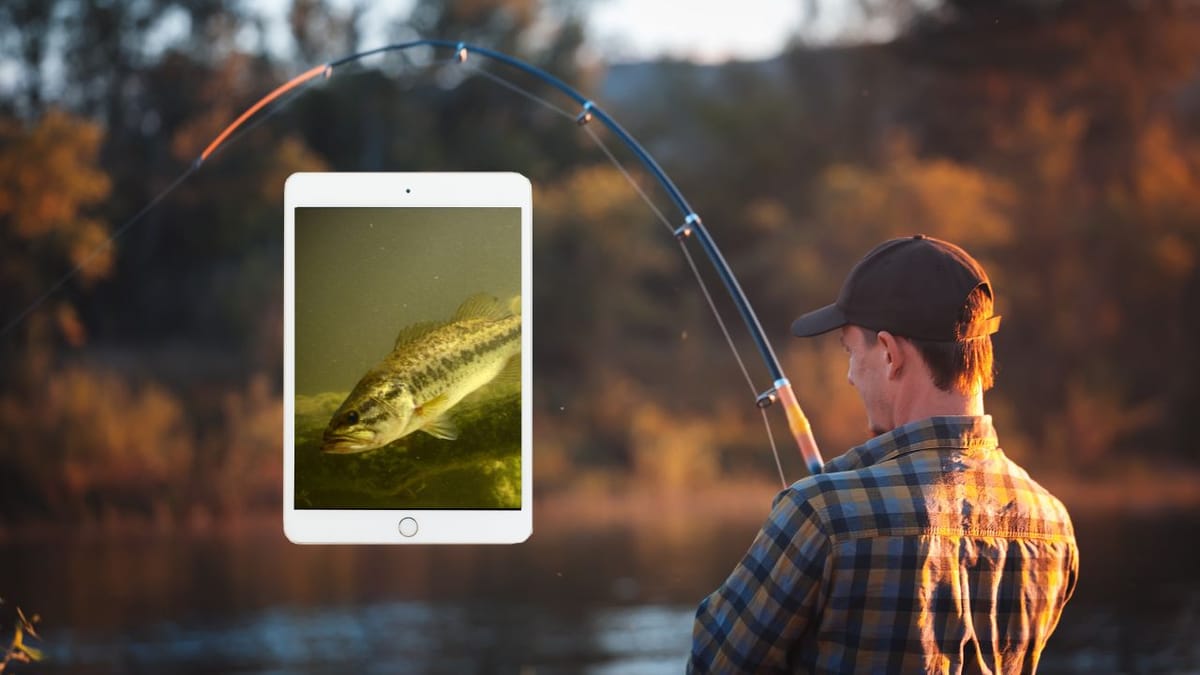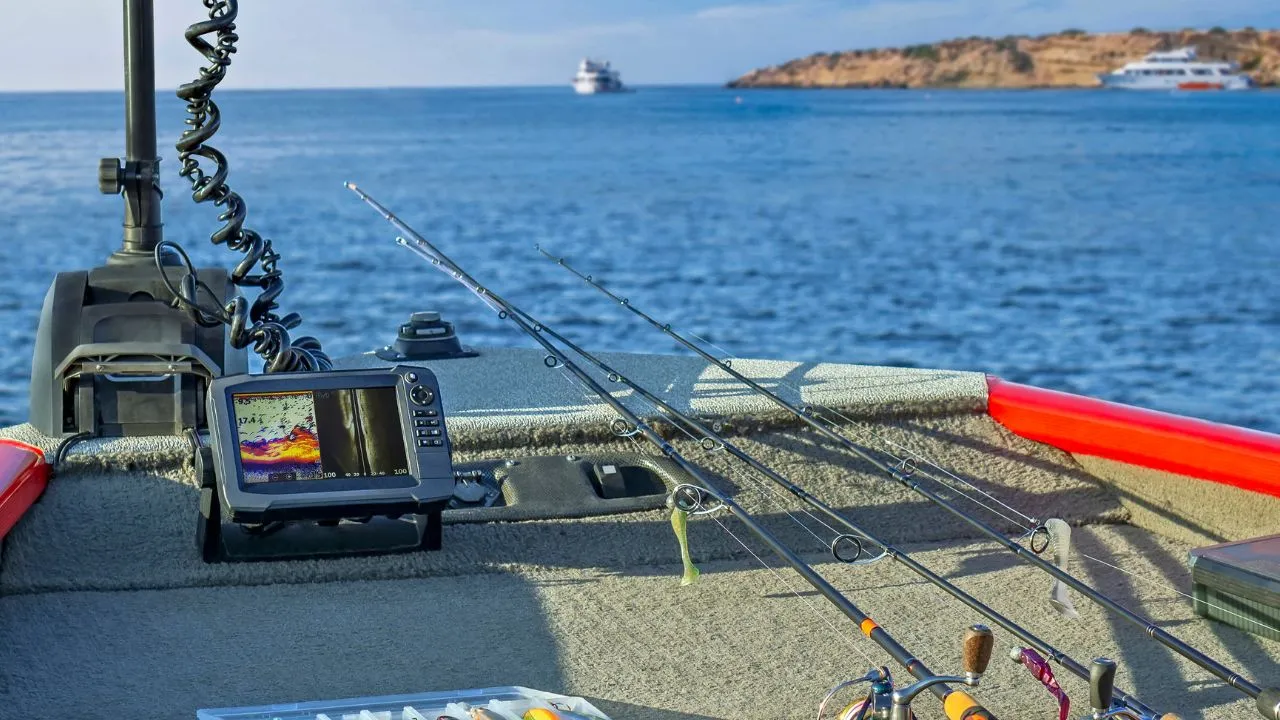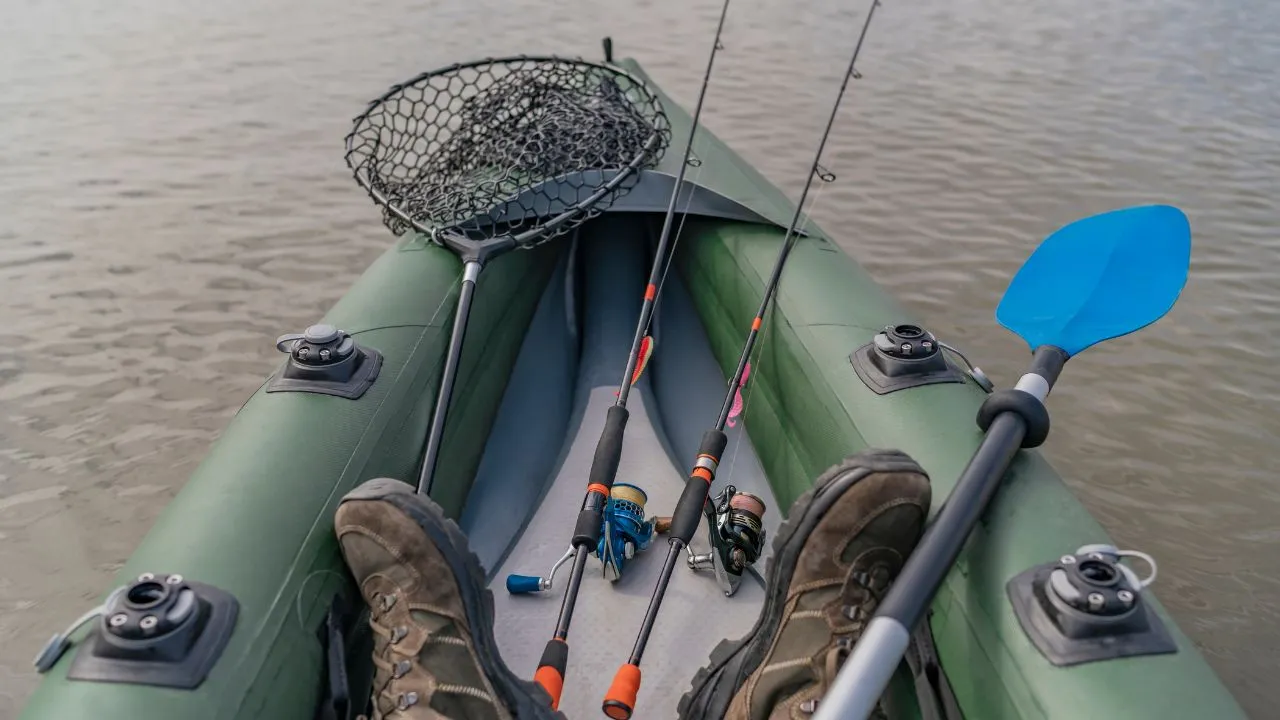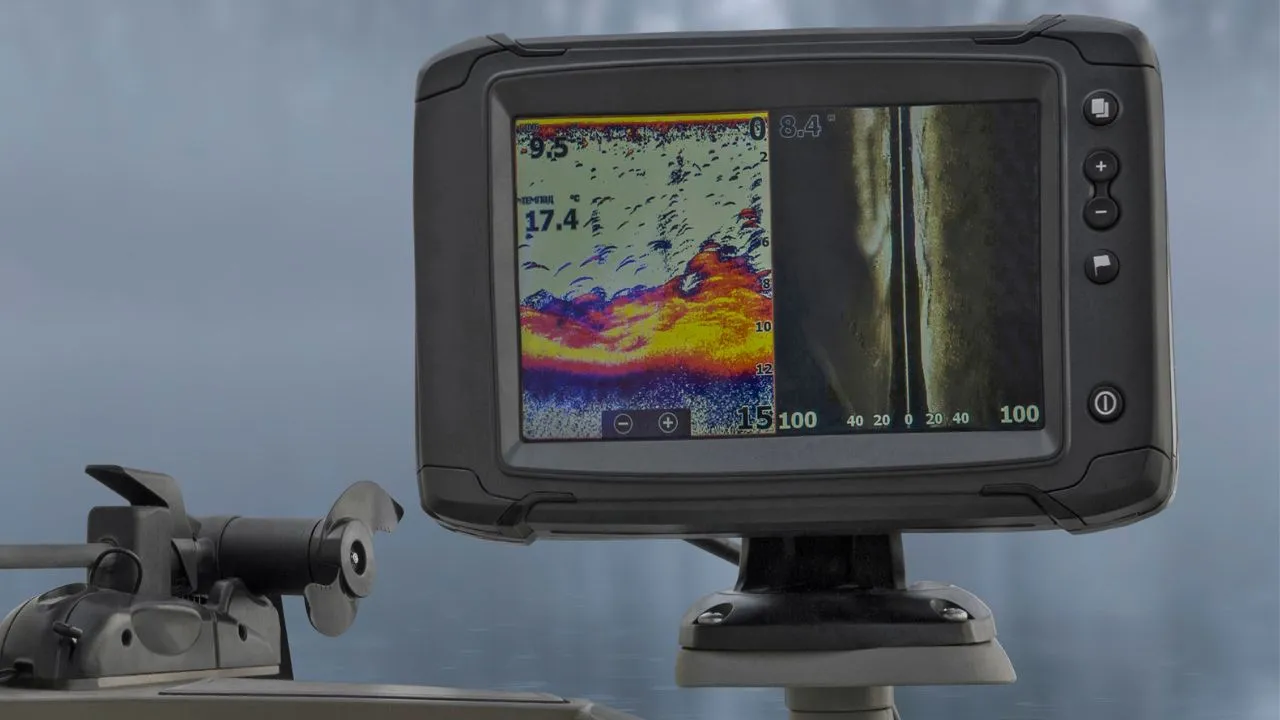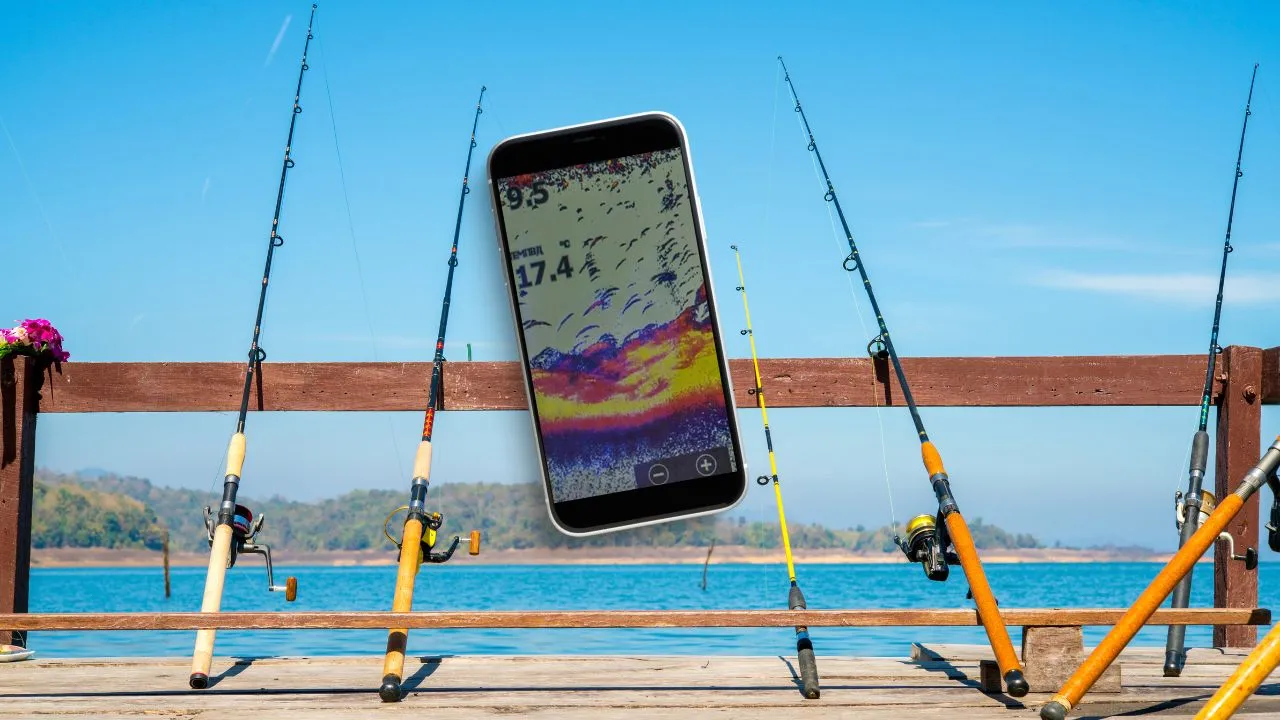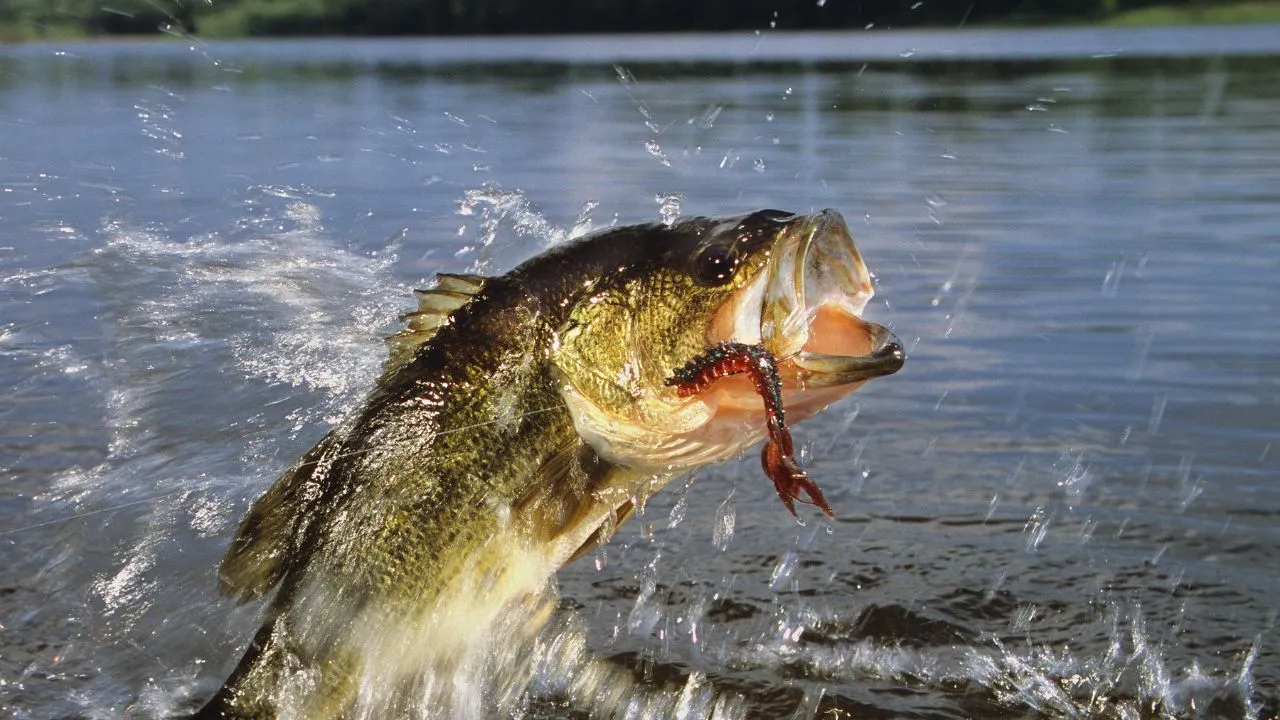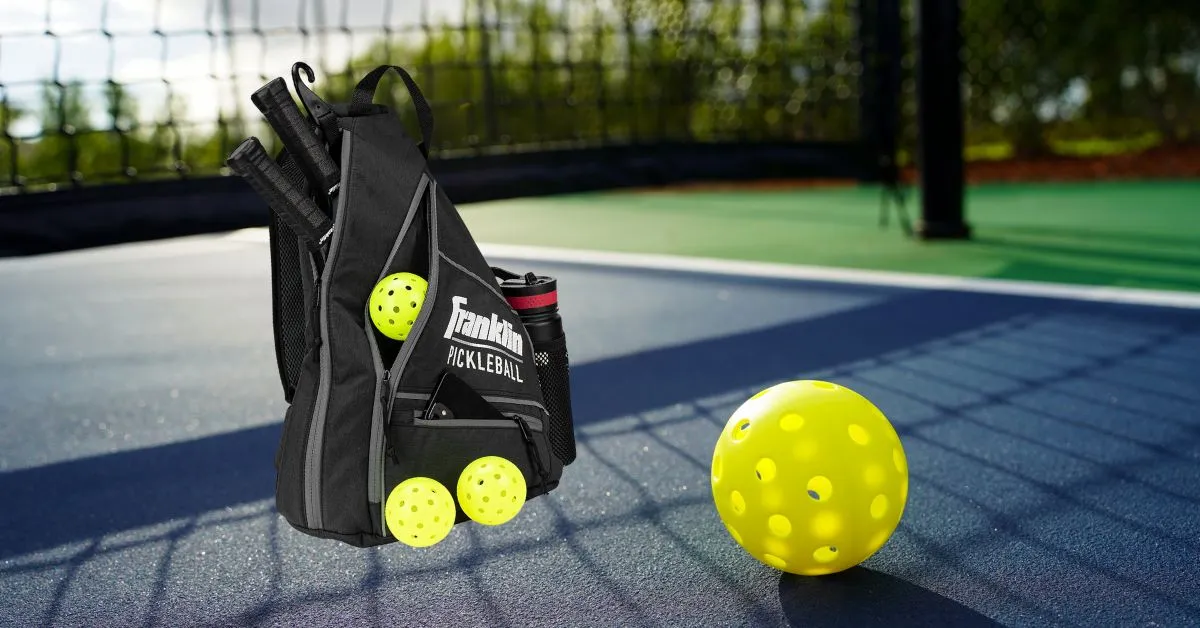Table of Contents
Fishing enthusiasts and professionals alike know that a successful catch often hinges on the technology at their disposal. Among the most crucial gadgets is the fish finder, a tool that can significantly enhance the fishing experience by locating fish beneath the water's surface. But with a plethora of options available, which one claims the title of the best fish finder on the market?
Key Takeaways:
- Discover the top-rated fish finders and their unique features.
- Learn how to choose the best fish finder for your specific needs.
- Understand the latest advancements in fish finder technology.
With detailed and rigorous research, we provide our readers with the finest recommendations. Our recommendations are our opinions. Our cause is backed by reader support- for every click made through one of our affiliates links, a commission may be earned at no extra expense to you! As an Amazon Associate, Reviewsopedia may earn a commission from qualifying purchases. Thank you and enjoy!
The Evolution of Fish Finder Technology
The journey from rudimentary sonar systems to today's high-tech fish finders is a testament to the advancements in marine technology. Initially, fish finders were simple, providing rough indications of fish presence. Modern units, however, offer GPS integration, detailed sonar readings, and even smartphone connectivity. This evolution has transformed the way anglers approach the water, making fishing more efficient and enjoyable.
The latest fish finders incorporate cutting-edge features such as CHIRP (Compressed High-Intensity Radiated Pulse) sonar, which sends out a continuous sweep of frequencies, providing a more detailed representation of the underwater environment. This technology allows for superior target separation and resolution, making it easier to distinguish between fish, bait, and structure.
The Importance of Screen Resolution and Size
When it comes to fish finders, the clarity of the display is paramount. A high-resolution screen ensures that you can discern the information presented, regardless of the conditions. Larger screens offer an expansive view of the data, but they must maintain a high pixel count to avoid a grainy image.
The best fish finders balance screen size with resolution. For instance, a 9-inch display with a resolution of 800x480 pixels strikes a good balance for most fishing boats, providing a clear view without taking up excessive space. Anglers should consider the space available on their vessel and their own visual preferences when selecting a fish finder.
GPS Integration and Mapping Capabilities
Modern fish finders often come with integrated GPS systems, which serve multiple purposes. Not only do they help you navigate and mark fishing hotspots, but they also allow you to create custom maps based on your sonar readings. This feature is invaluable for anglers who frequent large bodies of water or those who like to explore new fishing areas.
High-end models, such as the Humminbird Helix series, offer detailed mapping capabilities that can be updated and shared with the angling community. This collaborative aspect of modern fish finders ensures that you have access to the most current and comprehensive underwater maps.
Frequency and Sonar Types
The frequency of the sonar wave emitted by a fish finder affects its range and resolution. Lower frequencies, such as 50kHz, are ideal for deep water as they penetrate further, but they provide less detail. Higher frequencies, like 200kHz, offer more detail but are better suited for shallower waters.
Some fish finders offer dual-frequency capabilities, allowing you to switch between different frequencies based on the depth you're fishing. Additionally, side-scan and down-scan sonar provide views to the sides and directly beneath the boat, respectively, giving a more complete picture of the underwater environment.
Power and Transducer Considerations
The power output of a fish finder, measured in watts RMS (Root Mean Square), directly impacts its performance. Higher-powered devices can emit stronger sonar signals, resulting in better depth penetration and faster data processing. This is particularly important when fishing in deeper waters or when you need quick updates on fast-moving schools of fish.
The transducer is the component that emits and receives the sonar signals. Its material, mounting location, and beam angle all play a role in the quality of the readings. Anglers should ensure that the transducer is compatible with their fishing environment and that it's installed correctly for optimal performance.
Connectivity and Smart Features
Fish finders have embraced the digital age, with many models offering connectivity options such as Wi-Fi and Bluetooth. This allows for seamless integration with mobile apps, software updates, and even the ability to control the unit remotely. Smart features like notifications for fish activity and weather updates can also enhance the fishing experience.
For example, the Lowrance HDS Live series offers real-time mapping and smartphone notifications, making it a top contender for the best fish finder for tech-savvy anglers. These connected features are not just gimmicks; they provide practical benefits that can lead to a more successful fishing trip.
Battery Life and Portability
For those who prefer kayak fishing or remote locations, the portability and battery life of a fish finder are crucial. Portable fish finders with long-lasting batteries ensure that you can spend a full day on the water without worrying about power. Some models even come with solar charging capabilities, extending their usability.
The Garmin Striker series, known for its portability and robust battery life, is an excellent choice for anglers on the move. It's essential to consider how you fish and what type of power source will be most convenient for your needs.
User Interface and Ease of Use
A fish finder should be intuitive and easy to navigate, allowing you to focus on fishing rather than fiddling with settings. Touchscreen interfaces have become more common, offering a user-friendly experience similar to smartphones. However, some anglers prefer the tactile feedback of buttons, especially in rough conditions or with wet hands.
The Raymarine Dragonfly Pro series is renowned for its straightforward interface, combining touchscreen functionality with physical buttons for the best of both worlds. The ease of use can significantly impact your fishing efficiency, so choose a fish finder that feels right for you.
Durability and Weather Resistance
Fishing conditions can be harsh, and your fish finder needs to withstand exposure to water, sun, and physical impacts. Look for models with high ingress protection (IP) ratings, indicating their resistance to dust and water. A rugged design and quality construction materials will ensure that your fish finder lasts through many fishing adventures.
Brands like Simrad and Furuno are known for their durable marine electronics, offering fish finders that can endure the rigors of the marine environment. Investing in a robust unit will save you money and hassle in the long run.
Price vs. Performance
The best fish finder for you will balance cost with the features and performance you need. While premium models come with a higher price tag, they often offer the best technology and durability. However, there are also many mid-range and budget options that provide excellent value for money.
It's important to assess your specific needs and how often you'll use the fish finder. For occasional anglers, a simpler, more affordable model may suffice, while avid fishers might benefit from investing in a high-end unit.
Summary
Choosing the best fish finder involves considering various factors such as screen resolution, GPS capabilities, sonar technology, power, connectivity, portability, user interface, durability, and price. By understanding these aspects and how they relate to your fishing style, you can select a fish finder that will enhance your experience and increase your chances of a successful catch.
FAQ Section
Do I need a fish finder with GPS?
While not strictly necessary, a fish finder with GPS offers significant advantages, such as navigation, marking waypoints, and creating custom maps. It's especially useful for those who fish in large or unfamiliar bodies of water.
Can I use a fish finder in both freshwater and saltwater?
Yes, most fish finders are designed to work in both freshwater and saltwater environments. However, you may need to adjust the settings or choose a different transducer for optimal performance in each type of water.
How important is the power output of a fish finder?
The power output is crucial for deep-water fishing as it determines the depth penetration and the speed of data processing. Higher power output is better for deeper waters and for getting a clearer picture of fast-moving fish.
Other Related Articles
